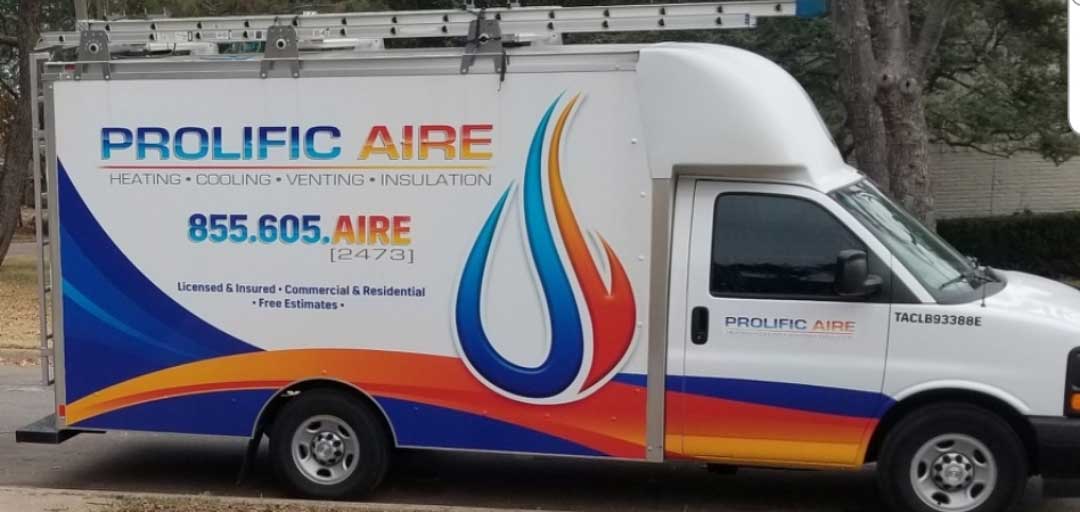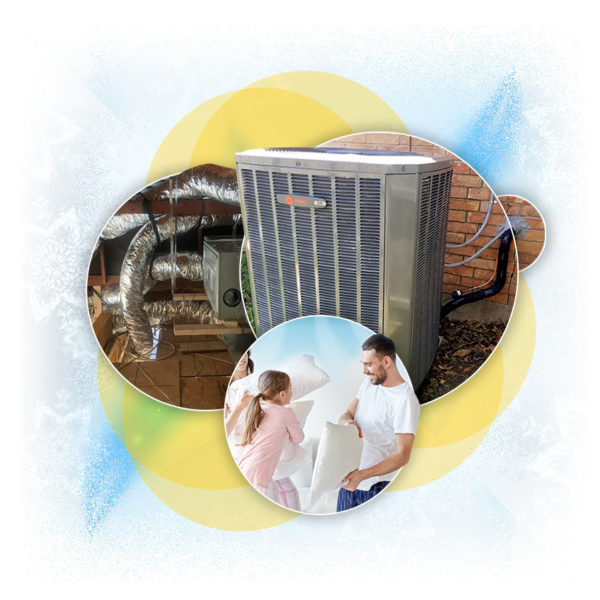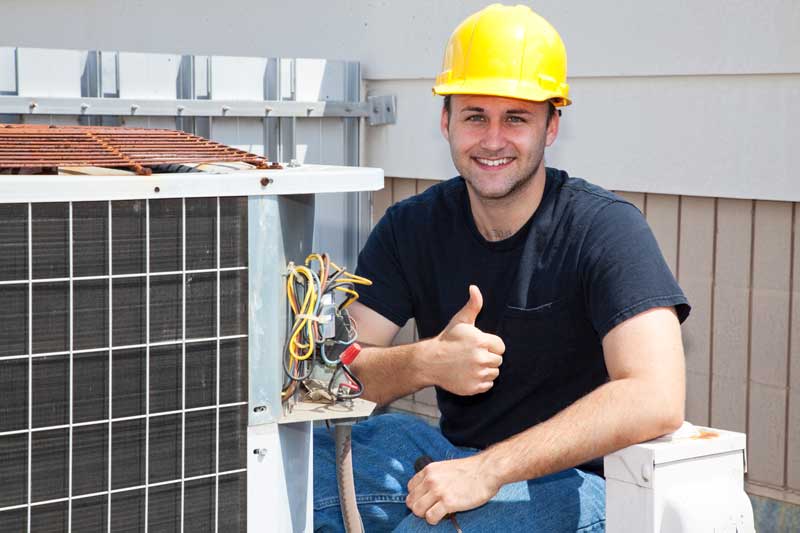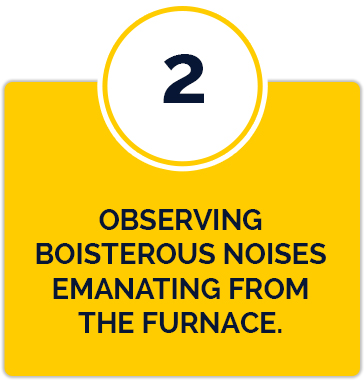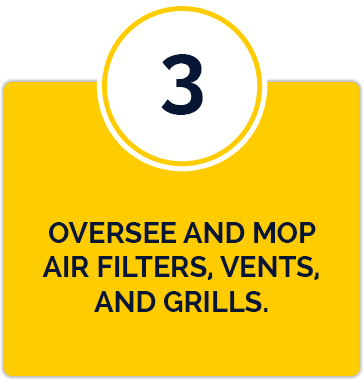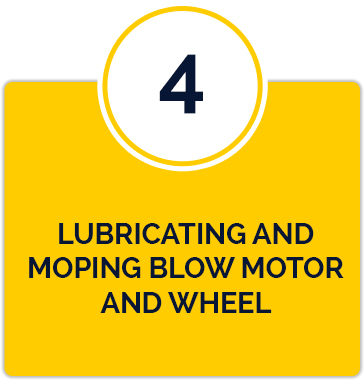Your home or office's heating, ventilation, and air conditioning components, or HVAC, is used to heat and cool the air inside the building. It also manages the level of humidity and regulates the air quality.
A heating and cooling system includes three standard components:
- a source of warmed or cooled air
- a process to distribute heated or cooled air
- a thermostat to regulate the process
Heating and cooling systems may use electricity, while furnaces can use gas, fuel, or electricity. If your home has central heat and air conditioning, air ducts distribute cooled or warmed air throughout the rooms. A thermostat regulates both heat and air conditioning.
Unless there's a problem with your AC, you may not think about your system much. However, if there is a problem, you will want it fixed as soon as possible! Here are some basics to help you through the process.
Central Heat and Air
Central air conditioning and heat pump units are the most popular kinds of air conditioner units. Suitable for homes and buildings with multiple rooms needing to be cooled, these units are designed to direct cold air through a ventilation system and distribute it throughout the entire home or office through ventilation ducts. The advantage to these types of air conditioning is their ability to work hand in hand with a furnace, reversing the cycle of cooling to heating when required. You don’t have to install different units as it will work as a heater in the cold-weather months. These units also offer energy-saving benefits that can help reduce your electric utility costs.
Another option is a single room conditioning unit for those who have smaller-scale needs. An individual unit is less expensive as there is no need to install a multi-room air conditioning system. However, a single unit obviously is not the most efficient way to cool multiple rooms at once.
